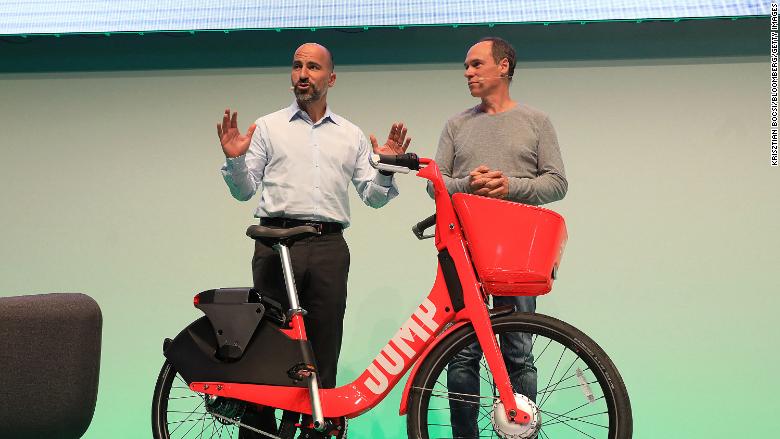After work, I did what a lot of other people are doing this week: I took a trip to the beach. It's the last "unofficial" week of summer; after Monday--Labor Day--most people will be back at work.
Of course, you know I rode my bicycle to the beach--Orchard Beach, to be exact, as it's the one nearest my job. Other people did, too, but others drove or took the bus. Still others took the train to beaches on Long Island--or the subway to the Rockaways and Coney Island.
It's probably no surprise that during cycling's first heyday--roughly the last decade of the 19th Century and the first decade of the 21st--people cycled to the beach, especially to Coney Island. The Ocean Parkway Bike and Bridle path--the oldest extant bike lane in the US-- was constructed during that time. Also, during that time, construction of the subway system began. There were, however, smaller, independent railroads that ran from Manhattan and the nearby areas of Brooklyn to the beaches. Some of those railroads later became part of the city's and region's mass transit system.
At that time, it was even possible to combine bikes and trains on a ride to the beach. Well, sort of.
The Boynton Bicycle Railroad linked the southwestern Brooklyn neighborhood of Gravesend with Coney Island. It ran for only two years, and inspired a few other short-lived imitations, it is commemorated with Boynton Place, at the intersection of West 7th Street and Avenue X, in Gravesend.
So, what made it a "bicycle railroad"? Well, it ran on two wheels on a monorail. So, you may ask, how did it keep it balance? Well, there were rubber-faced trolley wheels on top of the trains that guided the train along a rail that ran fifteen feet above the rail on which the "bicycle" train ran.
When it debuted, the trains could achieve speeds of 80 mph. The following years, technical improvements upped the maximum velocity to 100 mph.
Inventor E. Moody Boynton said his intention was indeed to marry a new technology of the time to a newish one: the bicycle and the railroad. He was convinced that his system was more efficient than conventional railroads because there was less friction on a single than a double track. The speeds of his trains seemed to make his case. Still, he couldn't find investors--possibly because the automobile was on the horizon-and neither the Boynton nor the other "bicycle" railroads survived past the middle of the first decade of the 20th Century.
It could be said, however, that his idea lives on in modern monorail and light-rail systems. Perhaps one day tourist hubs will have "pedi-trains", much as some places now have "pedi-cabs".
Of course, you know I rode my bicycle to the beach--Orchard Beach, to be exact, as it's the one nearest my job. Other people did, too, but others drove or took the bus. Still others took the train to beaches on Long Island--or the subway to the Rockaways and Coney Island.
It's probably no surprise that during cycling's first heyday--roughly the last decade of the 19th Century and the first decade of the 21st--people cycled to the beach, especially to Coney Island. The Ocean Parkway Bike and Bridle path--the oldest extant bike lane in the US-- was constructed during that time. Also, during that time, construction of the subway system began. There were, however, smaller, independent railroads that ran from Manhattan and the nearby areas of Brooklyn to the beaches. Some of those railroads later became part of the city's and region's mass transit system.
At that time, it was even possible to combine bikes and trains on a ride to the beach. Well, sort of.
The Boynton Bicycle Railroad linked the southwestern Brooklyn neighborhood of Gravesend with Coney Island. It ran for only two years, and inspired a few other short-lived imitations, it is commemorated with Boynton Place, at the intersection of West 7th Street and Avenue X, in Gravesend.
So, what made it a "bicycle railroad"? Well, it ran on two wheels on a monorail. So, you may ask, how did it keep it balance? Well, there were rubber-faced trolley wheels on top of the trains that guided the train along a rail that ran fifteen feet above the rail on which the "bicycle" train ran.
When it debuted, the trains could achieve speeds of 80 mph. The following years, technical improvements upped the maximum velocity to 100 mph.
 |
| The Boynton Bicycle Railroad, as shown in an 1894 issue of Scientific American |
Inventor E. Moody Boynton said his intention was indeed to marry a new technology of the time to a newish one: the bicycle and the railroad. He was convinced that his system was more efficient than conventional railroads because there was less friction on a single than a double track. The speeds of his trains seemed to make his case. Still, he couldn't find investors--possibly because the automobile was on the horizon-and neither the Boynton nor the other "bicycle" railroads survived past the middle of the first decade of the 20th Century.
It could be said, however, that his idea lives on in modern monorail and light-rail systems. Perhaps one day tourist hubs will have "pedi-trains", much as some places now have "pedi-cabs".

